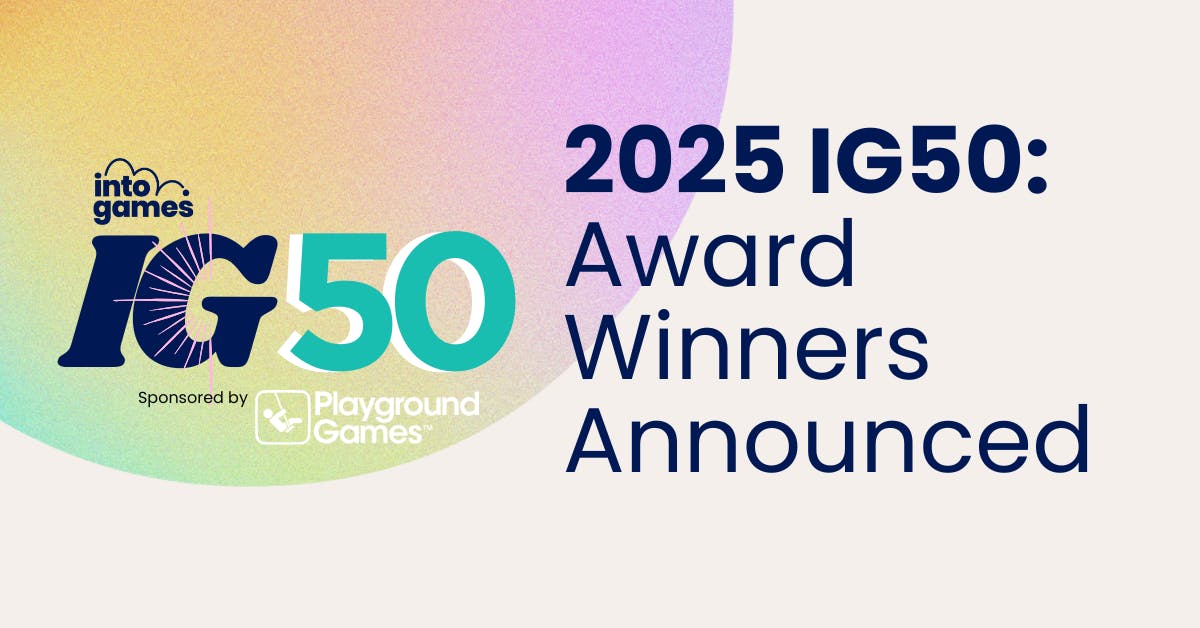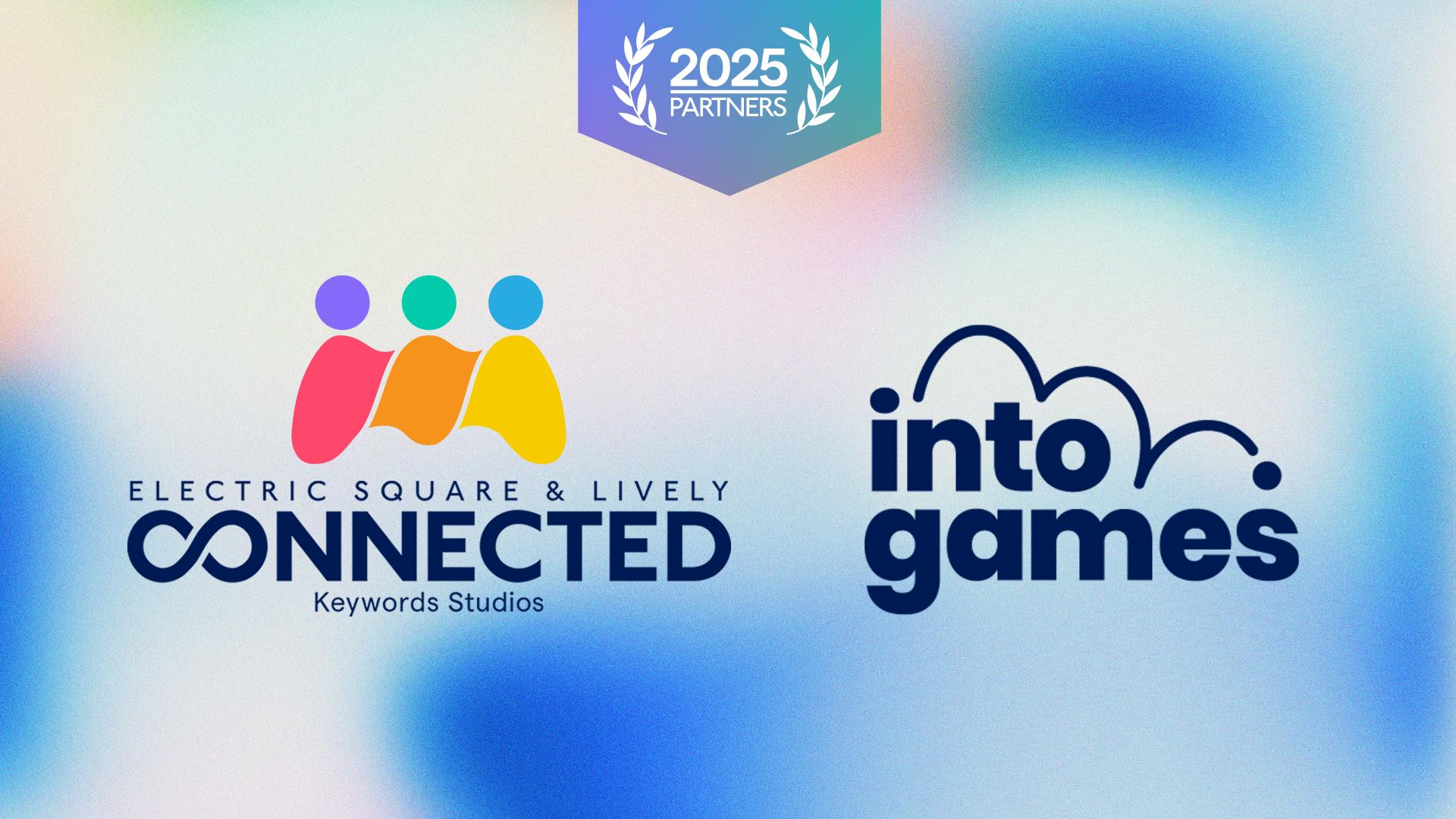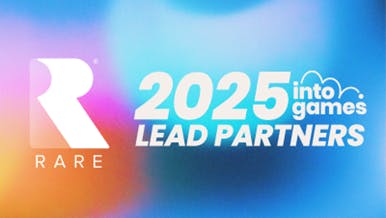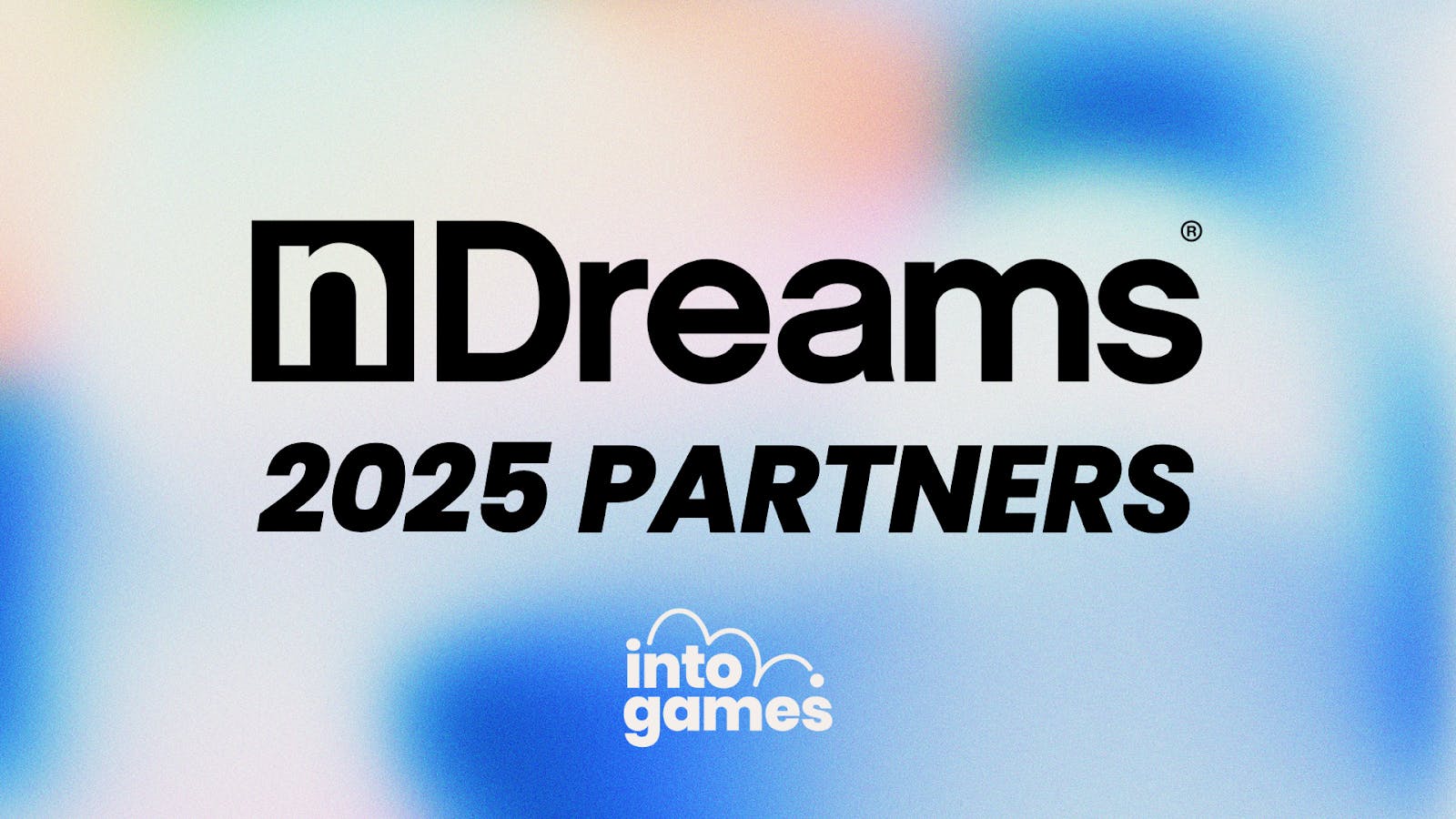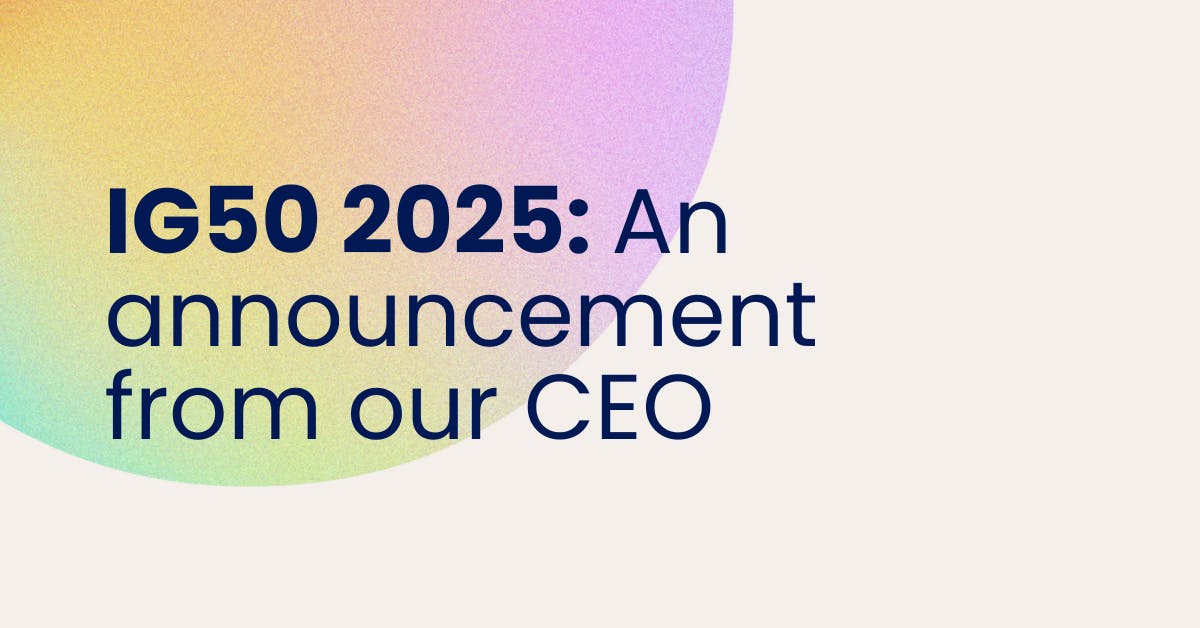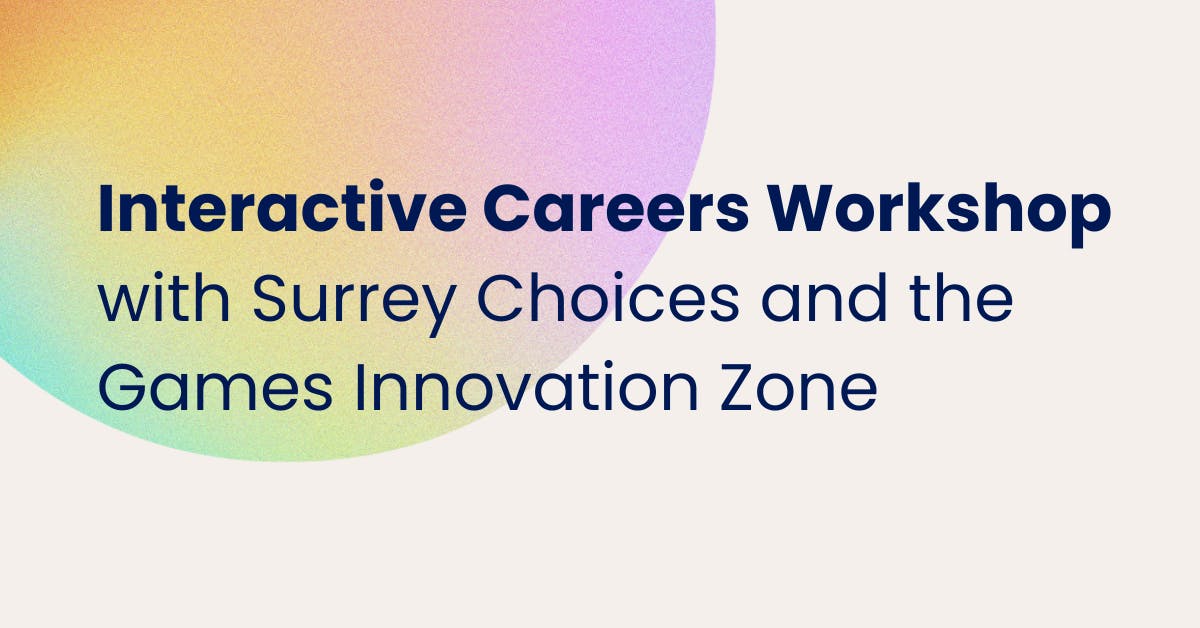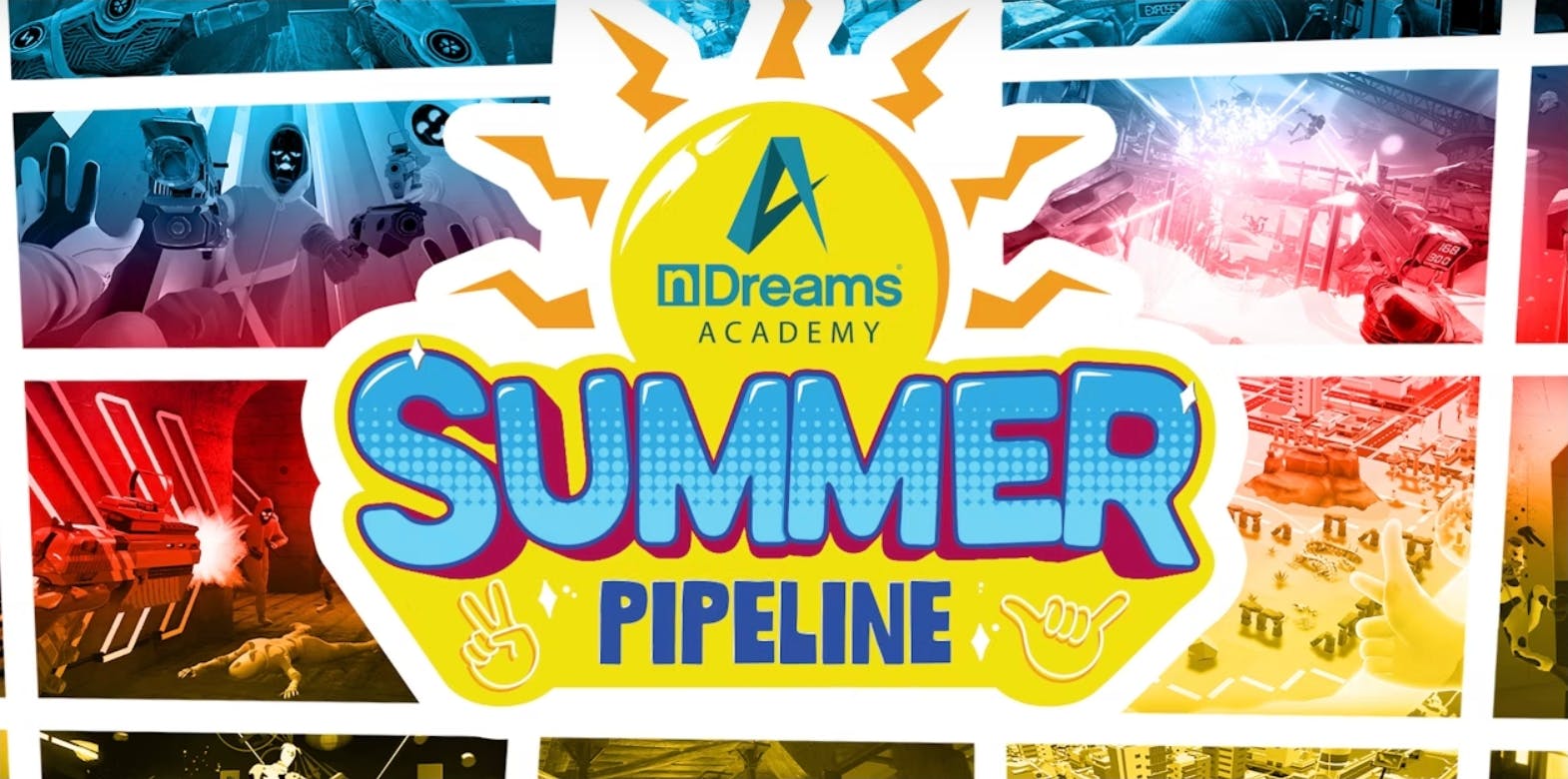
14 November 2022
How to write a game design document

So you have the next great idea for a game. You’ve seen in your mind how it plays, what the story beats might be, how it looks, and perhaps you’ve even subconsciously already bought the merch. While it’s lovely to dream, you might want to consider creating a game design document (or GDD).
Although GDDs in recent times might be seen as a dated process, there’s not denying that the more you plan out the scope of your game initially, the more tangible it is that you’ll be able to follow through with the game itself especially when development gets rough. Your GDD acts as a point of reference for anyone who needs to know the initial vision and also help external people understand what the project is looking to achieve.
In order to be effective, game design documents need to be concise and organised. With this guide, we hope you will be able to clearly see what steps you need to take to ensure an effective design document on your next game.
Tools You Will Need
Choosing the right place to build your game design document is essential. There are many different programs you can use to do this including Confluence, Notion, and Google Docs. No matter which you choose, it’s important that it’s organized and user friendly as you won’t always be able to walkthrough your design with an outside party.
Rules
With game design documents there’s a few different guidelines you should always keep in mind:
- Keep it short and simple. Those who are analyzing your GDD might be put off by walls of text so make sure you can express yourself in as few words as you can with as little ambiguity as possible.
- Use commenting to add examples. For points that need a bit more detail, don’t be afraid to use the comments function of the program you’re using to construct your GDD so as to not sacrifice the look of your document.
- Don't duplicate info between design docs. Even if you’re talking about the same concept across multiple sections of your GDD, always make sure you are redefining them in relation to the specific doc.
- Illustrate complex points with visuals. These could be graphs, wireframes, tables and bullet points.
- Don’t be afraid to ask for help. There are plenty of people out there who would love to help you succeed in your quest particularly on the Into Games Discord Server. It’s always good to have a sense check before sending it out to potential publishers / investors.
Structure
- Summary - This is the elevator pitch of your game. To make it easy to digest try limiting yourself to describing your game in one clear concise sentence:
This is a tactical rpg for multiple platforms with an original story and characters.
This will help you to decide on what type of game you’re making whether it’s an realtime strategy, platformer, simulation, etc and what consoles you intend for your game to be played on as it can affect many of the other aspects of the game like price point. It might also be worth giving examples of similar titles so the reader has a frame of reference. - Setting - What is the story of your game? It’s important to determine the narrative direction your game will take. Who are the characters of your game and where do they live? What kind of environment do they live in?
- Story Progression - Where does the player go from moment to moment? Is it all set in the same world or do you visit other worlds? Are there changes in the environment as you go along?
- Target Audience - In this section you want to describe the target audience who you feel would be interested in your game and what communities you feel would be best to engage with. What age are you targeting and what are their current interests?
- Gameplay - In this section you want to detail what the core loop of the game is and what the mechanics are.This area you can also determine the enemies of your game and what challenges they impose on the player.
- Level Design - Describe how the player will progress through the game. Whether there are clear defined levels or areas in which you advance. Will the environment change as you go? What will these environments contain inside them? If there is a considerable amount of information to layout in this section, don’t be afraid to put in a design bible with a more detailed outline of your plans.
- Art - This area will be focused on various art elements required for the game. In this section try to describe your desired art style for the game. Perhaps if there’s a style already in existence that To keep this clear and concise it would be worth attaching an art bible for further reading that will include art that is associated with your game to give those reading a clear understanding of your intentions.
- UI / Game Control Specifications - This is where you have to describe what kind of specifications the player needs in order to play the game and this all heavily depends on what choices you should’ve already made for your game from what platform you’re developing on to what genre game you’re making. For instance, if it’s a console game, you might need to design your UI so your players will be able to play away from the screen on a couch. For a mobile game, you might have to consider thumb placement and how cluttered the screen might be. Also go through a checklist of any other information the player might need like health bars and ammo stock indicators.
- Audio - Here you should describe what style of sound effects you might need for your game as well as the music. It would also be helpful to attach an audio bible to this section offering more specific examples.
- Analysis - Here’s where you can list out reasons for this game to exist in the current climate and present your analysis of titles that are similar to yours that have succeeded. It would also be helpful to provide solutions to potential obstacles.
- Marketing Plan - In this section, you’ll want to provide insight on how you’ll market your game to potential customers. Will you present it at expos if given the opportunity? Are there content creators you could potentially reach out to for additional marketing? What communities can you approach who would be interested in your game?
- Post launch - If it applies, here’s where you could plan out post launch content and services your game will need. If it’s an MMO, for example, you might want to detail what staff you’d need to carry out server management. It’s also important to consider future campaigns to keep players engaged in your title.
We want to thank our Into Games VGAs for helping us with the creation of this guide namely Oscar Clark (Fundamentally Games), Jo Haslam (Snap Finger Click), Alex Darby (darbotron), and Iain Compton (Jagex).
Now get to work on that great first draft of your game design document! Do not worry if it’s a struggle at first. Like with most things, drafting game design documents need practice and Game Jams are a great place to start. Now, go get planning!
Stay up to date
It's time to level up your inbox
Pick which newsletters you're interested in receiving, and customise further by specifying a discipline.
Join our mailing listTell me more
